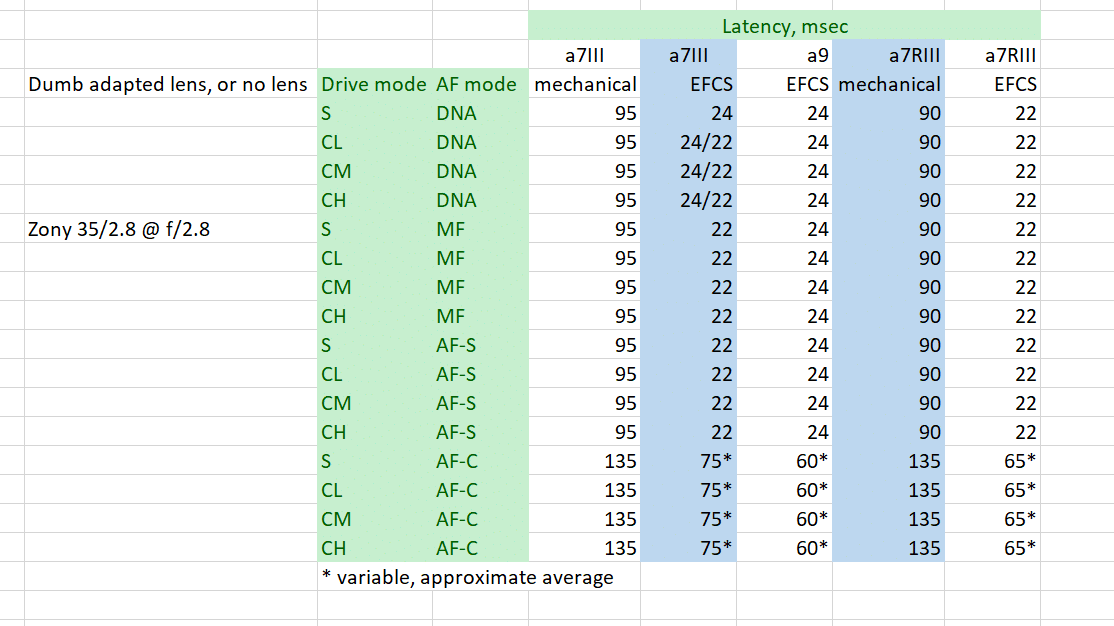By fully open in this concept I mean as open as it is going to be, not at the end of movement.
The shutter is never fully open after the sync speed.
but you are using the x-contact for all measurements ... does this x-contact close at "higher" (you name it "after") shutter Speeds earlier than the first curtain having accomplised full travel?
br gusti
There is a flash signal even at higher shutter speeds, but unless you switch to high speed flash use, the image will be vignetted if you try to use a flash above the sync speed.
Here are four pictures demonstrating what I mean.
This is taken at the sync speed, 1/200s and I had an old manual flash on the camera.
The next is taken at 1/250s, no vignetting with this flash because it can actually handle up to 1/320s normally.
This is what happens when you go faster, this one is taken at 1/500s, and here the vignetting shows but the flash is fired, so there is a flash signal (X-contact close as you call it).
As the shutter speed increase, the slit of the shutter gets narrower.
This continues until 1/8000s with the mechanical shutter and 1/2000s with the electronic first curtain. The fully electronic shutter does not give the X-signal, which is why I had to take an image of my timer automatically with the camera.
I guess that's what you mean by your question, but ask again if I misunderstood you.


